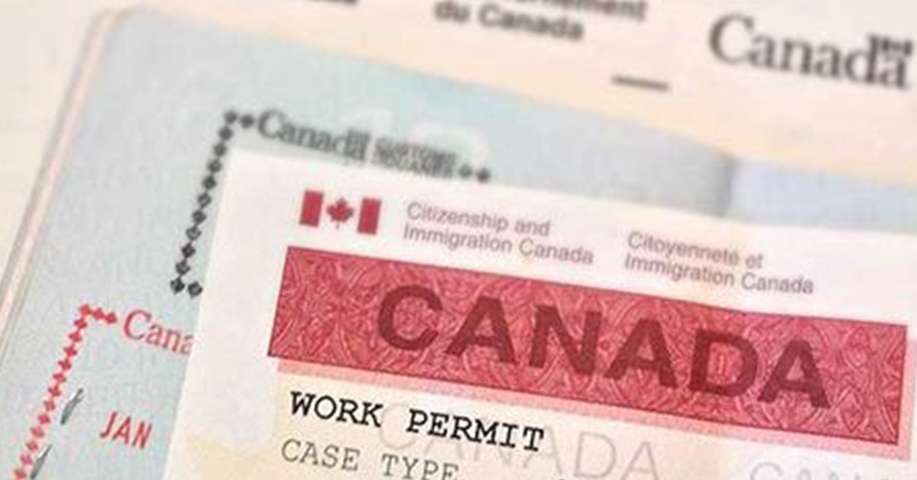On March 31, 2025, Canada will officially roll out its updated caregiver immigration programs, named the Home Care Worker Immigration Pilots. These initiatives represent a fresh start for caregivers seeking permanent residency in Canada, replacing the former Home Child Care Provider Pilot and Home Support Worker Pilot, which stopped accepting applications as of June 17, 2024.
First introduced by Immigration Minister Marc Miller on June 3, 2024, the new caregiver pathways aim to streamline the immigration process for workers in the home care sector. These pilots are already generating significant anticipation for 2025, promising improved accessibility and greater efficiency for applicants.
In this comprehensive guide, we’ll explore what these new pilots entail, their expected application quotas, enhanced features, eligibility requirements, and the legacy of previous caregiver programs in Canada.
Application Quotas for the 2025 Caregiver Pilots
The previous caregiver programs capped their total annual application intake at 5,500 combined across both streams in 2024. According to Canada’s Immigration Levels Plan for 2025, the broader pilot category will experience a slight reduction in overall quotas, from 10,920 in 2024 to 10,875 in 2025.
While this decrease is minor, it is expected that between 4,000 and 5,000 applications will be allocated specifically for the new caregiver pilots. Despite the modest quota reduction, these programs promise to provide a more efficient and straightforward route to permanent residency for qualified home care workers.
What Are the Home Care Worker Immigration Pilots?
The Home Care Worker Immigration Pilots are designed to address Canada’s growing demand for caregivers. These programs streamline the pathway to permanent residency for individuals who provide essential care services to families and communities across the country.
With Canada’s aging population and a shift towards home-based care, skilled caregivers have become an essential part of the healthcare landscape. The new programs aim to support these workers while ensuring Canadian families have access to high-quality care.
The New Home Care Worker Immigration Pilots
The Home Care Worker Immigration Pilots come with several significant enhancements, designed to simplify the immigration process and make it more accessible for caregivers.
Permanent Residency Upon Arrival
One of the standout features is that caregivers will now be granted permanent residency (PR) upon their arrival in Canada. This marks a major departure from the older programs, which often involved long waiting periods and uncertainty for applicants.
Flexible Employment Options
Unlike previous programs, the new pilots allow caregivers to work in diverse settings. Whether providing part-time assistance to semi-independent individuals or helping those recovering from illness or injury, caregivers will have increased flexibility to secure meaningful employment. Caregivers can work in various settings, such as providing care to individuals recovering from injuries, those requiring temporary assistance, or semi-independent individuals. This flexibility broadens employment opportunities and enhances job stability for participants.
Streamlined Eligibility Requirements
Applicants must meet a set of clearly defined criteria to qualify for these programs:
- Language Proficiency: A minimum Canadian Language Benchmark (CLB) level of 4, equivalent to IELTS scores of 4 in writing and speaking, 4.5 in listening, and 3.5 in reading.
- Education: A Canadian high school diploma or its equivalent, verified through an Educational Credential Assessment (ECA).
- Work Experience: Recent, relevant experience in caregiving, which will be a critical determining factor for eligibility.
- Job Offer: A full-time offer from a Canadian family or employer in the home care sector.
The 2025 caregiver pilots bring several critical updates to streamline the immigration process for both applicants and employers.
Check our article on How to Secure a Job Offer in Canada →
Why These Pilots Matter
With Canada’s aging population and growing demand for home-based care, the need for skilled caregivers has become increasingly urgent. The new caregiver pilots aim to address this challenge by offering a clear, reliable pathway for these essential workers.
By making it easier for caregivers to settle permanently, these programs benefit not only the workers themselves but also the Canadian families and communities they serve. These initiatives will:
- Help ensure a stable supply of professional caregivers.
- Enhance the quality of home care services nationwide.
- Attract skilled workers who can contribute to Canada’s economy and social fabric.
Previous Caregiver Programs in Canada
The introduction of the Home Care Worker Immigration Pilots builds on a history of caregiver pathways in Canada. Here’s a quick overview of the programs that preceded them:
- Home Child Care Provider Pilot & Home Support Worker Pilot: These programs ceased operations on June 17, 2024.
- Live-in Caregiver Program (LCP): Ended in 2014 after decades of operation.
- Caring for Children and Caring for People with High Medical Needs Programs: Both were discontinued on June 18, 2019.
- Interim Pathway for Caregivers: A short-term option that closed on October 8, 2019.
While these initiatives helped address the demand for caregivers, they often faced criticism for their limited flexibility and lengthy processing times. The new pilots aim to resolve these issues with more streamlined processes and caregiver-friendly policies.
Preparing for the Application Process
While Immigration, Refugees and Citizenship Canada (IRCC) has yet to release detailed instructions for the 2025 caregiver pilots, prospective applicants can start preparing by:
- Gather Documentation
Ensure your language test results, ECA, and proof of recent work experience are ready.
- Research Employers
Connect with Canadian families or organizations that are hiring caregivers. Platforms like Job Bank Canada and reputable staffing agencies are excellent resources.
- Stay Informed
Monitor updates from Immigration, Refugees, and Citizenship Canada (IRCC) for detailed application guidelines and deadlines.
- Avoid Scams
Be cautious of misinformation or fraud. Verify job offers and immigration consultants to ensure they are legitimate.
- Get Expert Guidance
Avoid delays, missing deadlines, and application errors by getting the right immigration consultant handle your case. If you want to learn more about how we can help you follow this link.
Challenges Ahead
Although the new caregiver pilots bring promising changes, some challenges remain:
- Processing Times: Historically, long processing periods have delayed transitions for many caregivers.
- Quota Limits: With a finite number of applications accepted each year, competition may be intense, making it essential for applicants to prepare strong, complete applications.
- Adapting to Changes: Both caregivers and employers will need to familiarize themselves with the updated regulations and application requirements.
Educational institutions and immigration consultants are already preparing to assist prospective applicants with language training, credential assessments, and application guidance.
A New Era for Caregivers in Canada
The Home Care Worker Immigration Pilots, launching on March 31, 2025, represent a significant step forward in Canada’s immigration policy. By simplifying the path to permanent residency and offering greater flexibility for caregivers, these programs aim to meet the growing demand for home care services while supporting immigrants in building stable futures in Canada.
For caregivers, this is an opportunity to secure permanent residency and job stability in a country known for its inclusive policies. For Canadian families, it ensures access to high-quality caregiving services essential for well-being.
Need help preparing your application? Contact a licensed immigration consultant today to ensure your application meets all the requirements.







 Useful Resources for Canada
Useful Resources for Canada
 Useful Resources for U.S.
Useful Resources for U.S.
 Our Local Immigration Services
Our Local Immigration Services